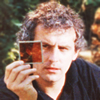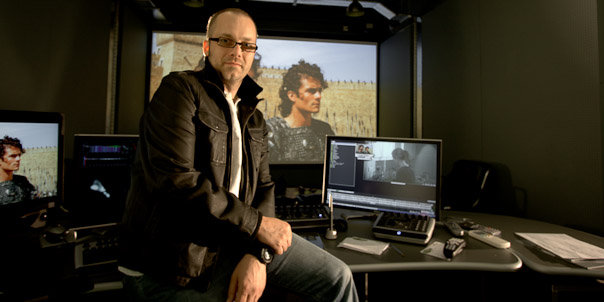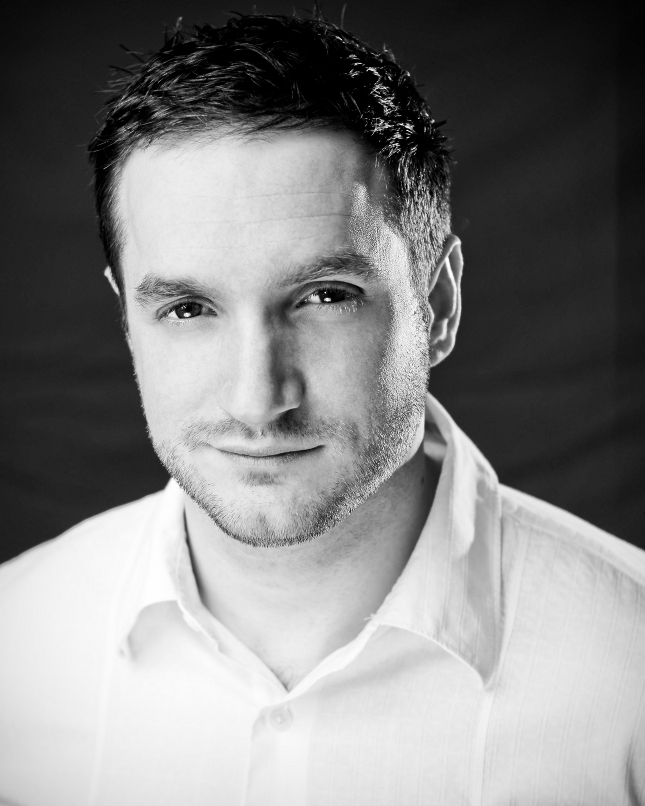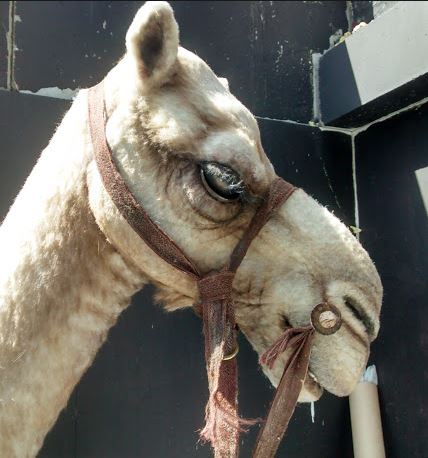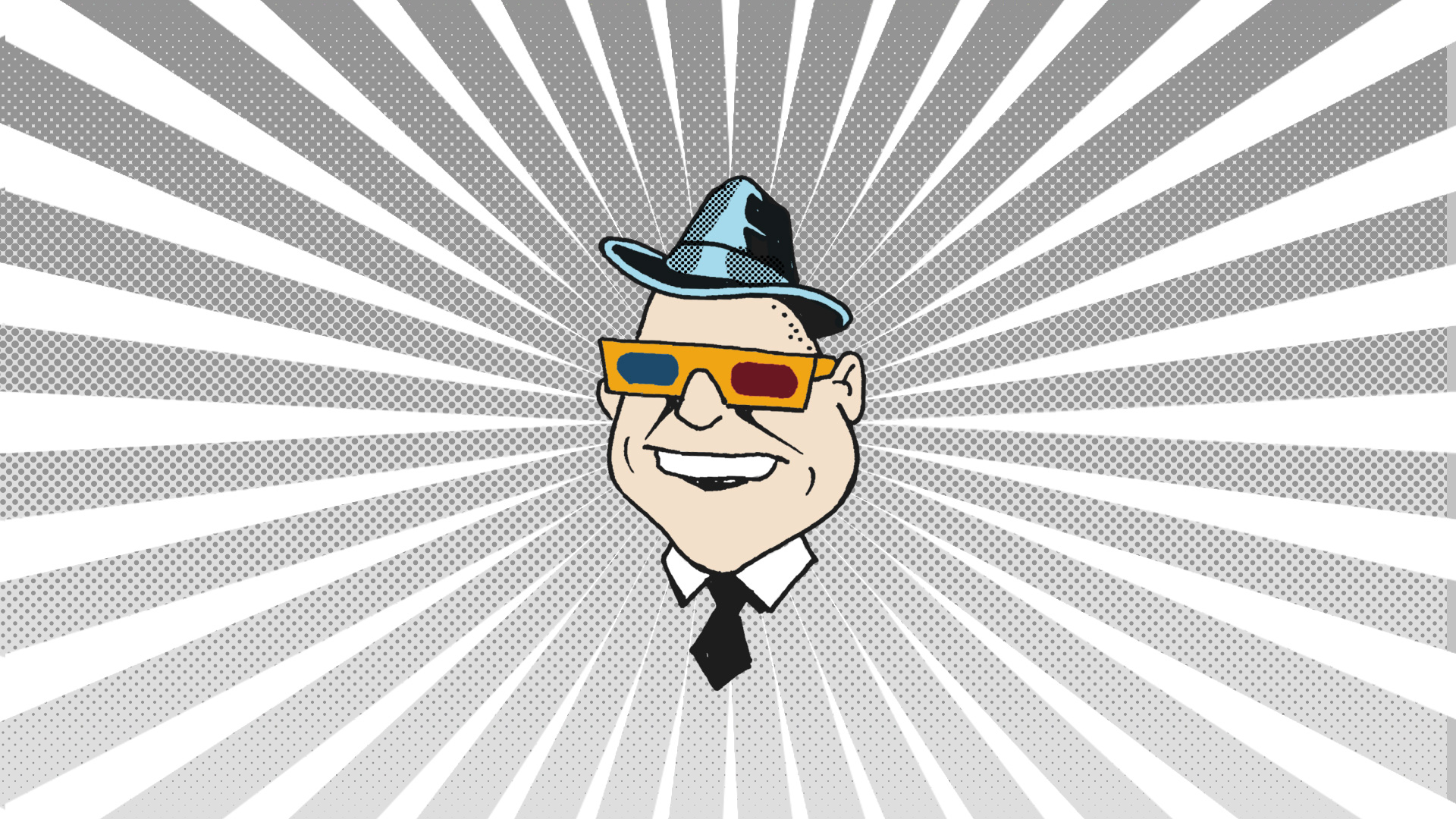ASK & DISCUSS
INDEXHow do films that weren't shot using a 3D camera later get rendered in 3D?
12 years, 3 months ago - Hani Abusamra
Forgive me if this is a silly question, but how do films (Titanic for instance) that were not shot using 3D cameras later get turned into 3D films? It seems like it must a really long process.
Here at the Shooting People office we're stumped! We thought we'd put it to the shooters to tell us the answer!
Only members can post or respond to topics. LOGIN
Not a member of SP? JOIN or FIND OUT MORE
12 years, 3 months ago - Karel Bata
Hi Ben! How are you keeping?
I'm shooting some 3D myself next week. Here's the animatic http://www.youtube.com/watch?v=ZrU2hjGK4VA
I need an art director/props urgently. Know anyone? It's expenses only.
There are some shots that the automated systems are good for, like a wide shot of an arena where there's not a lot of occlusion. SKY also used to use them for interview cut-aways during sports events, but have abandoned that and now just share the 2D feed.
If you could automate this, you wouldn't need green screen would you? Think about it.
12 years, 3 months ago - Lee 'Wozy' Warren
Also, a good friend of mine who did the 3D work on Scorsese's hugo (although this was shot in 3D) is Victor Riva - uk.linkedin.com/pub/victor-riva/13/583/267/
@wozyW
12 years, 3 months ago - Benjamin Kent
I think you're being generous Karel :) Automated solutions tend to look okay on the two or three shots they demo on, but simply won't be good enough for most real world shots and especially high end work.
To do it right they'd need to have solved the automatic image segmentation problem - i.e. the computer automatically figures out how to split the image up into it's different elements/objects (the automated equivalent of the labour intensive rotoscoping process that Andrew's talking about). It's pretty much the holy grail of computer vision research and nobody's going to get it right for many many years, never mind working in realtime on a piece of hardware.
Wozy, I could be wrong, but as far as I'm aware Quantels and the like are mostly finishing solutions for mastering and fixing shots that are already 3D, no? If they have introduced tools to dimensionalize, at the hourly rates those suites charge I don't think they're a very cost efficient place to do your conversion.
Andrew's description is spot on - it's very labour intensive, generally done by large workforces on cheaper products like Nuke, After Effects, Mocha or in house custom made tools. As for many labour intensive tasks in other industries, a lot of the rotoscoping work gets farmed out to the far East.
12 years, 3 months ago - Paddy Robinson-Griffin
http://newsroom.jvc.com/press-releases/jvc-introduces-if-2d3d1-stereoscopic-image-processor-to-help-3d-content-creators-improve-workflow/
You can rent them
12 years, 3 months ago - Andrew Murchie
Hi
It is quite a labour intensive process that is all done in post production primarily using a lot of rotoscoping to generate masks for individual layers then effectively filling in the missing image information. Even in films that have been shot in 3d there will be a number of shots that will require this kind of work to fix problems or in some cases to recreate the 3d where problems are too extreme to fix. Most viewers wouldn't notice the occasional generated shot in the mix, and if done well (i.e. the Titanic conversion) the untrained eye might struggle to notice the difference at all.
I have a series of free After Effects tutorials on my website that covers some of the techniques, from the very simple offsetting of the entire image to generating depth maps and using a pixel displacement technique to generate the second view.
http://www.enhanced-dimensions.com/wordpress/?page_id=2309
If anyone has any specific questions do feel free to contact me.
Andrew Murchie
12 years, 3 months ago - Lee 'Wozy' Warren
One method is to use post production software/hardware that can do a lot of the work automatically for you. Like Quantel Pablo IQ 3D (unless the name has now changed). I worked on one of the first 3D projects on a Quantel back in 2008 for Amir Khan's training promo video at Shepperton. Truly a ground breaking experience I'll never forget.
If you want more information check out this site - http://www.lightillusion.com. The guy to speak to is Steve Shaw. Tell him I sent you his way. He has been working on DI and 3D projects for over five years now.
@wozyW

